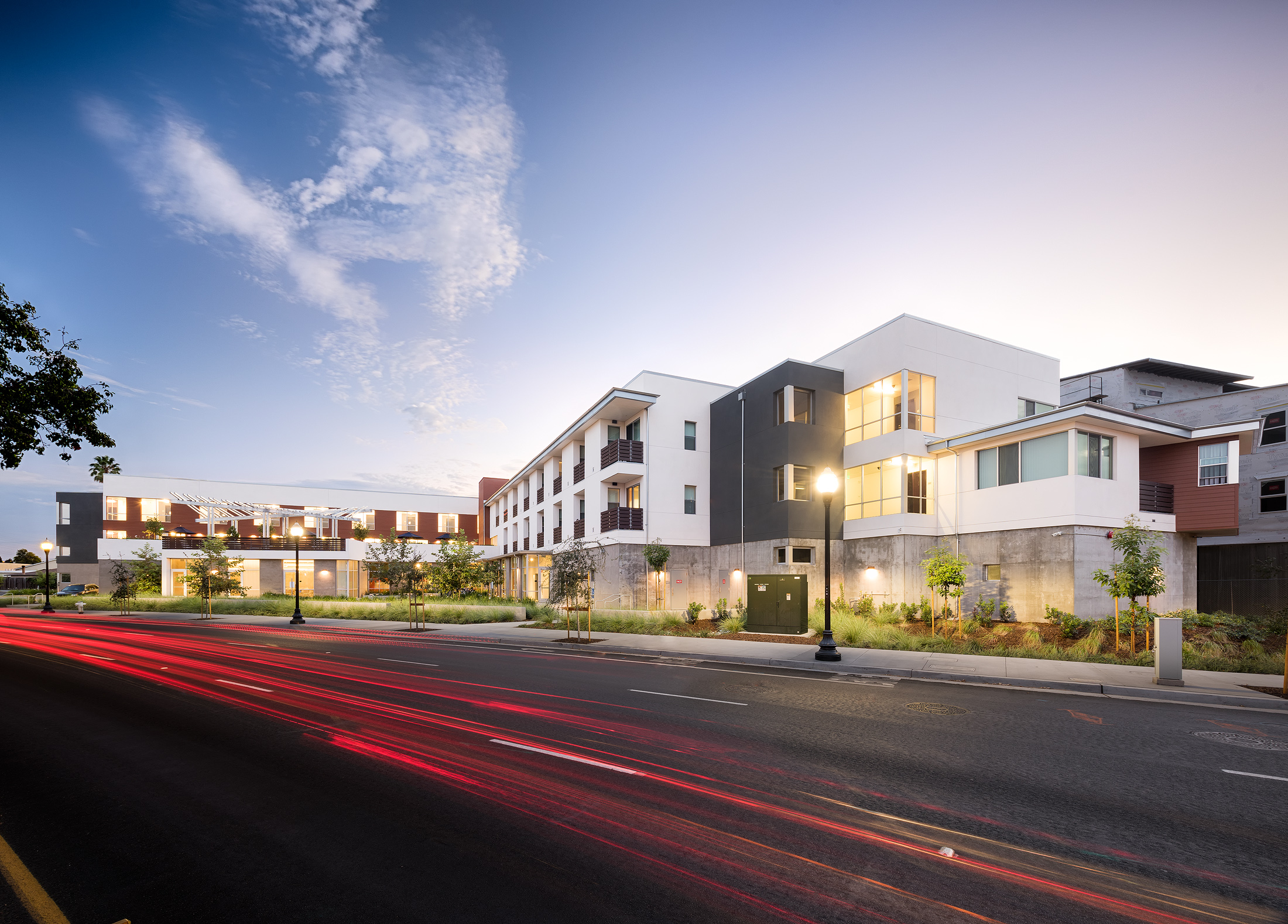San Jose Mercury News reporter Mark Emmons chronicles the rise of Silicon Valley at Home, a policy and advocacy group that focuses on advancing solutions to the Bay Area’s housing crisis.
See the original story at the San Jose Mercury News.
Silicon Valley housing: High-powered new advocacy group joins fray
The ugly downside to the booming economy is more and more people are being priced out of Silicon Valley. Housing costs continue to skyrocket at a gravity-defying pace. Lower income families struggle to find places to live.
So, with the affordable housing crunch only worsening, a new advocacy group featuring some powerhouse supporters has been launched to raise awareness about the long-running dilemma that has created a yawning chasm between the haves and have-nots.
“We want to change the conversation,” said Leslye Corsiglia, the executive director of the nonprofit SV@Home. “Somehow, housing has become a negative — that it doesn’t pay for itself, that it creates more transportation problems. We just need to be better organized when we explain a complex issue.”
SV@Home is bringing together developers, community groups, homeless advocates and tech titans like Google and LinkedIn to lead a loud chorus of voices discussing the dire lack of housing. Corsiglia, who retired as the head of San Jose’s Department of Housing earlier this year, said they especially want to focus on the need for land and funding sources for affordable housing projects.
“People are starting to realize that the old ways of creating housing just are not meeting the challenges,” said Kevin Zwick, CEO of Housing Trust Silicon Valley. “Communities support the idea of affordable housing and are willing to do more in collaboration with one another. This is the right idea at the right time.”
Residents in a recent Bay Area Council poll seem to agree. The survey found that 67 percent of people in the nine-county region believe it’s now harder to find a place to live than a year ago. Also, 56 percent of Santa Clara County residents supported apartments and other higher-density housing development in their cities.
Meanwhile, every day seems to produce some new, mind-numbing headline about escalating home prices and rents. The median sales figure for a home in the county hit $900,000 in May, according to CoreLogic, which tracks the real estate market. The average rent for a two-bedroom dwelling in San Jose has jumped to $2,300 a month. Overall, county property values have reached a record $409 billion, Assessor Larry Stone announced last week.
The primary reason for these spikes: A robust job market. Between 2010 and 2014, the local economy created 189,000 new jobs and lured in 113,000 new county residents, Joint Venture Silicon Valley data indicates. Concern, though, is mounting that extreme housing costs might begin to strangle the economy’s growth.
Trend stories have begun appearing in the media about how millennials are growing pessimistic about their prospects of ever being able to buy a home where they were raised. A recent analysis showed that one in four people based in the Bay Area who use the real-estate brokerage website Redfin.com are searching for homes in other parts of the country — up from one in seven in just 2011.
And at the most vulnerable end of the spectrum, officials announced last month that while homelessness in the county has dropped significantly during the last two years, a census still found 6,556 people living on local streets and along creek banks.
“It’s reaching a crisis stage,” said former San Jose Mayor Ron Gonzales, who is the board chairman of SV@Home. “People living on minimum wage and low incomes are struggling to house their families, and something has to change.”
But not enough of those projects to house them are being built because there is a dearth of predictable funding streams, said Chris Neale, vice president of The Core Companies, a for-profit developer.
“Right now, we don’t have a single affordable housing project in the pipeline in Santa Clara County,” said Neale, who is on the SV@Home board. “These projects are just very hard to do, and we need a group like this to push for resources and better public policies. The whole community wants these built.”
Putting shovels in the ground became more difficult due to funding cutbacks during the Great Recession. The biggest blow came in 2011 when Gov. Jerry Brown dissolved state redevelopment agencies to help deal with California’s budget deficit. That meant in Santa Clara County alone, $60 million that had gone toward affordable housing annually disappeared — $40 million in just San Jose.
Corsiglia notes how cities like Mountain View, Cupertino and San Jose recently have approved impact fees on developers building rental units to help pay for subsidized housing. She would like to see all cities in the county adopt similar plans.
“No developer is going to be excited about extra fees,” she said. “But if it’s done across the board and done fairly, then it’s a level playing field.”
She hopes that SV@Home becomes a megaphone so that affordable housing advocates will be heard more clearly as communities and political leaders weigh complex development issues.
“As we make important land-use decisions like the Apple campus, Levi’s Stadium, the upcoming Diridon Station expansion, we want to make sure that housing is part of all of those,” she said. “We do have to figure out the next new way of doing things.”
During her time with the city, Corsiglia had a phrase that she sprinkled into conversations about Silicon Valley’s need for housing: Even if we don’t build, people will come.
“And people are still coming,” she said.

